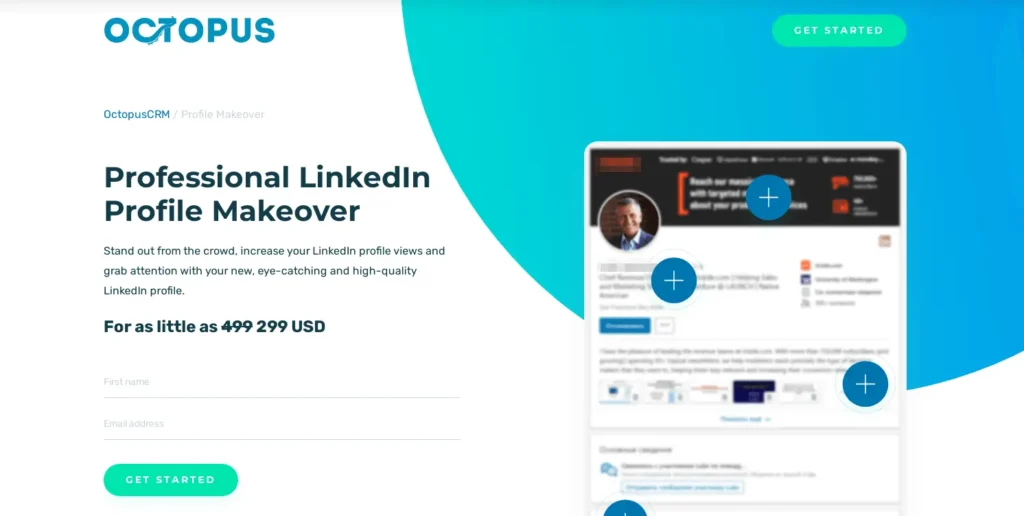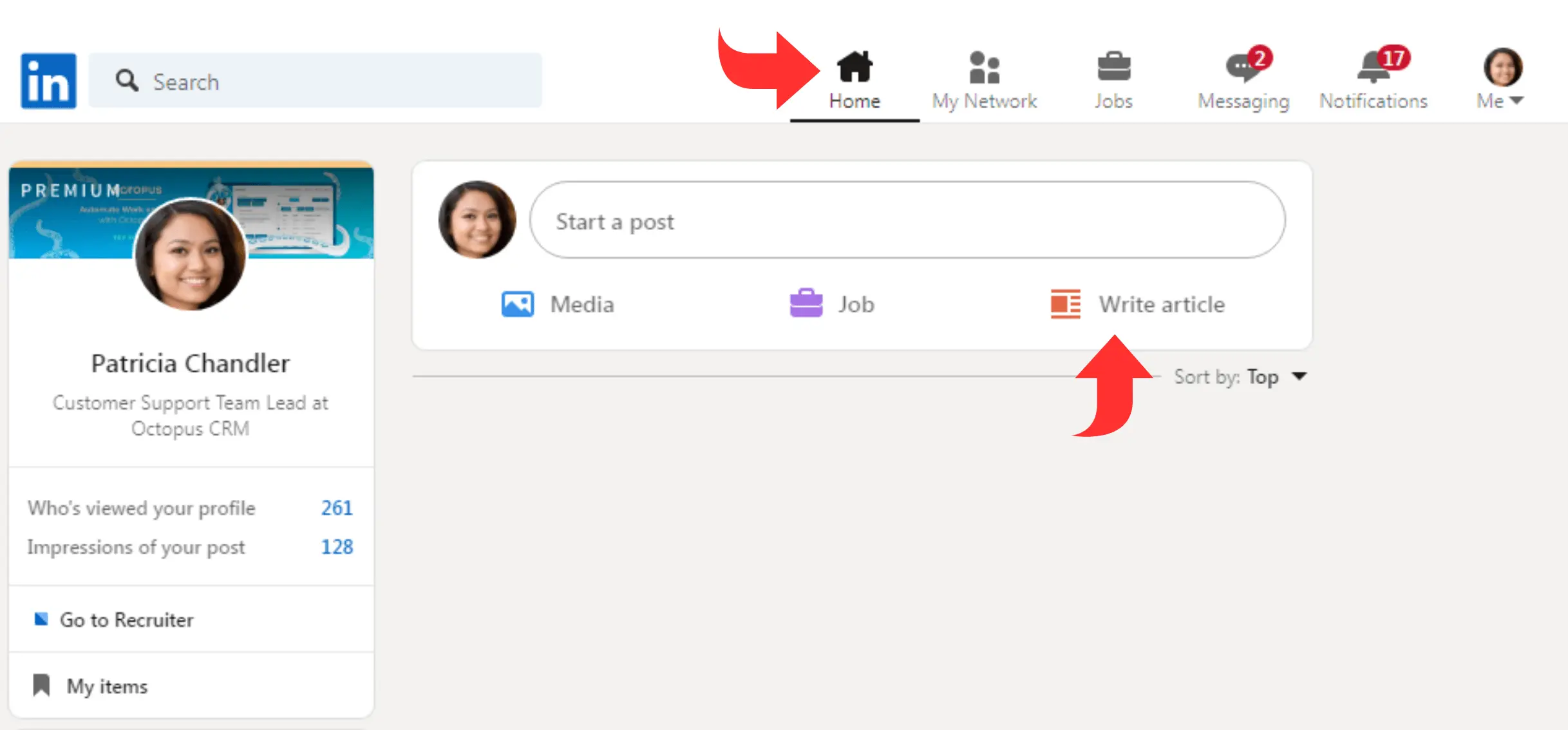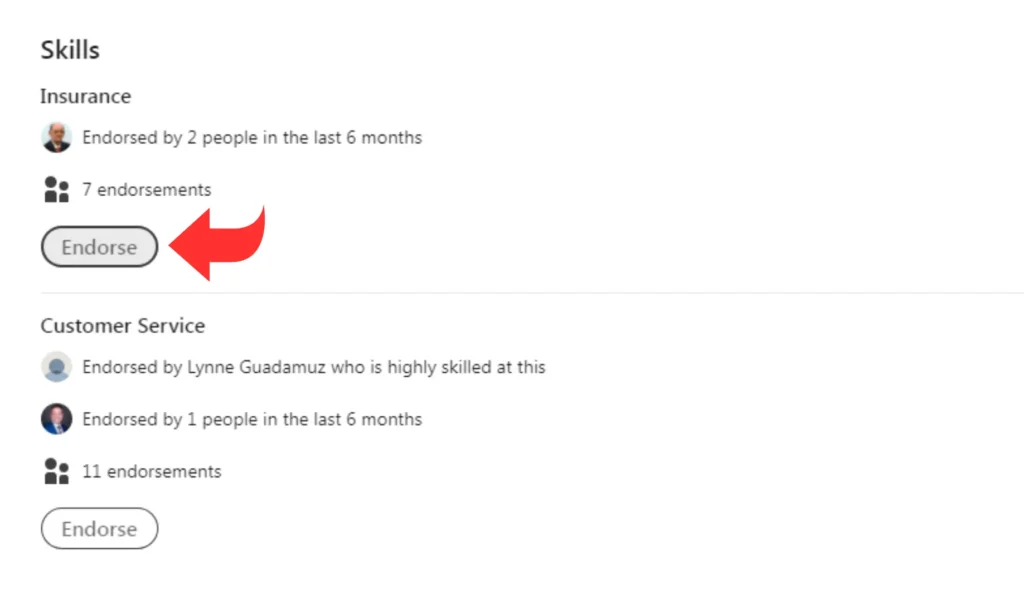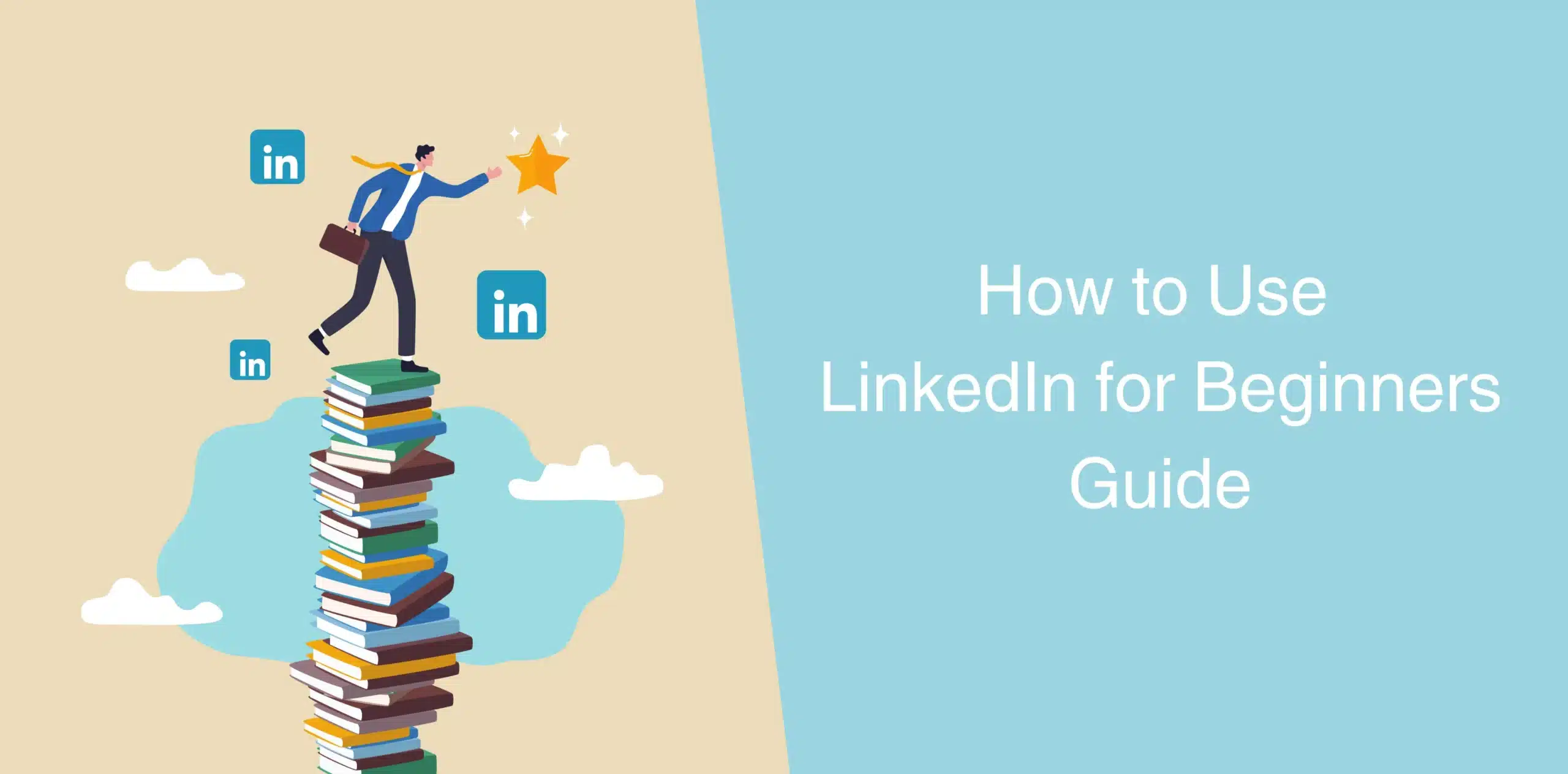Today, having a LinkedIn profile is as essential as having an email address.
Whether you want to network with other professionals, showcase your skills or achievements, hunt for a new job, or generate leads, LinkedIn can help you achieve your SMART goals.
As someone new to LinkedIn, you might wonder how to make the most of this social media platform. For this reason, we’ve created this guide on how to use LinkedIn for beginners to help you get started on the right foot.
It covers the most important aspects of LinkedIn for beginners, from creating a profile to leveraging LinkedIn’s advanced features.
LinkedIn for Beginners Tips
Before discussing our LinkedIn tips for beginners, it’s important to understand what LinkedIn is in the first place.
LinkedIn is a social media network focused on professional and business networking. It allows users to build professional relationships, share industry knowledge, and discover exciting career opportunities.
It’s a place where you can showcase your professional journey and achievements, network with colleagues and industry leaders, search for jobs, announce a promotion on LinkedIn and even find potential clients or business partners. And unlike most other social media networks that focus on sharing personal stories, LinkedIn is focused on career and business content.
Now that you know what LinkedIn is, let’s go over our LinkedIn tutorial for beginners.

1. Create a Complete Profile
For starters, it is super important to know how to create a LinkedIn account for beginners, which starts with creating a complete LinkedIn profile. In fact, it is the first thing you must do after signing up for a LinkedIn account.
Think of your LinkedIn profile as a dynamic platform, not just a static resume. It is the foundation on which you can build and showcase your professional brand.
A LinkedIn profile for beginners should include skills, work history, achievements, projects, and education.
But that’s not all.
As you learn to use the platform, you should consider getting recommendations and skill endorsements from colleagues that will show on your profile.
When learning how to create a LinkedIn account for beginners and improve it correctly, you should focus on the following key elements:
- Profile Picture: Use a high-quality, professional-looking photo as your profile image. Profiles with photos receive more engagement.
- Headline: This should be a concise statement of who you are and what you do.
- Professional LinkedIn Summary: Write a brief overview of your professional background, key skills, and career goals.
- Experience: List your current and past job roles, highlighting key responsibilities and achievements.
- Education: Include your educational background.
- Skills: Add relevant skills to your profile to showcase your expertise.

If you don’t have the time and inspiration to create a high-quality profile, you can use the Octopus CRM LinkedIn Profile Makeover service. Our consultants will create a profile optimized for LinkedIn algorithms.
2. Build Your Network
Once your profile is ready, it’s time to start connecting with people you know — colleagues, alumni, family members, industry contacts, friends, and thought leaders. These are your first-degree connections, people you already know and trust. They can introduce you to their connections, helping to expand your network further.
Here are some LinkedIn tips for beginners to grow your network:
- Personalize Your Connection Requests: When sending a connection request, always include a personal note explaining why you want to connect;
- Join Groups: LinkedIn groups are great for learning and staying on top of industry trends. As such, you should join groups, engage in group discussions, and connect with group members;
- Engage with Content: React to posts, leave comments, and share posts from your connections and industry leaders. This increases your visibility and can lead to new connections.
3. Post Regularly

To stay top-of-mind with your connections, it is a good idea to post regularly and update your content and profile. Doing so will not only keep your profile active but also demonstrate your expertise.
- Industry News: Share and comment on the latest news in your field;
- Personal Insights: Write short posts about your experiences or thoughts on industry trends;
- Achievements: Celebrate your professional milestones and share them with your network.
As your network grows, consider posting different types of content, such as text updates, articles, videos, and infographics.
For example, you could share a brief video summarizing a key industry trend, followed by a written post about recent project success, and then an infographic highlighting important statistics.
This approach will also help you see what resonates most with your audience. Moreover, you can use hashtags relevant to your industry or posts to expand the reach of your LinkedIn posts.
Remember, the idea is to provide value and engage your connections.
4. Engage with Others

LinkedIn is a two-way street.
This means you shouldn’t just post content without interacting with other users’ posts. It is always best to share, react to, or comment on your connections’ posts.
Plus, you can even endorse skills and leave recommendations for people you know.
This will help build stronger relationships and increase your visibility. Remember, the more you engage, the more it is likely that your network will expand further.
5. Use Keywords Strategically
Our LinkedIn beginner’s guide wouldn’t be complete without mentioning keyword optimization of your profile, which is a strategic way to increase your visibility.
Think about what terms recruiters or potential clients or connections might use to find someone with your skills. Then, include these keywords in your headline, summary, job titles and skills section.
For example, if you’re a marketing professional, you can use terms like “digital marketing,” “content strategy,” and “SEO” in your profile sections. Your profile will then be more likely to show in search results when someone searches LinkedIn with these terms.
6. Use Advanced LinkedIn Tools and Features
If you’re in sales or recruitment, you may feel the need for advanced features or tools over time.
Thankfully, LinkedIn offers powerful tools and features to help you reach your goals. Let’s cover some examples of these in our beginner’s guide to LinkedIn marketing.
For example, LinkedIn sales solutions like Octopus CRM and Sales Navigator are amazing tools for B2B marketers that help you find and engage with the right prospects and leads. For recruiters, LinkedIn offers a dedicated premium account with advanced features.
Here are some of the features that come with LinkedIn premium accounts.
- Advanced Search: Advanced search filters to find leads that match your ideal customer profile;
- Lead Recommendations: Get recommendations for leads based on your preferences;
- InMail: Send messages to the inboxes of people beyond your 1st-degree connections circle.
When it comes to LinkedIn marketing for beginners, it is a good idea to start with the basic features and gradually explore these advanced tools.
7. Automate Your LinkedIn Activities

As you master how to use LinkedIn as a beginner and as your network and activities on the platform expand, you may feel the need for Octopus CRM LinkedIn automation tool. Automation can save you time and ensure you’re always active on the platform.
You can use Octopus CRM to automate LinkedIn activities like sending connection requests, follow-ups, profile visits, and skill endorsements. Plus, this tool lets you send connection requests via email, bypassing the weekly connection limit of LinkedIn. You can even use it to send bulk messages to hundreds of your connections at once.
8. Keep Learning and Adapting
LinkedIn keeps evolving, and so should your strategy.
It is good to follow LinkedIn’s official blog and LinkedIn experts to stay updated on new features and best practices. Remember, continuous learning is key to maximizing the platform’s potential.
Also, you should regularly review and update your profile, experiment with different types of content, and adapt your approach based on what works best for you.
Conclusion
You see, getting started on LinkedIn is not as daunting as many people think. With the right strategy and the tips in this LinkedIn guide for beginners, you’ll be well on your way to building a strong personal brand on the platform and achieving your career or marketing goals.
So, what are you waiting for? Take the plunge, create your LinkedIn account, and start networking.
